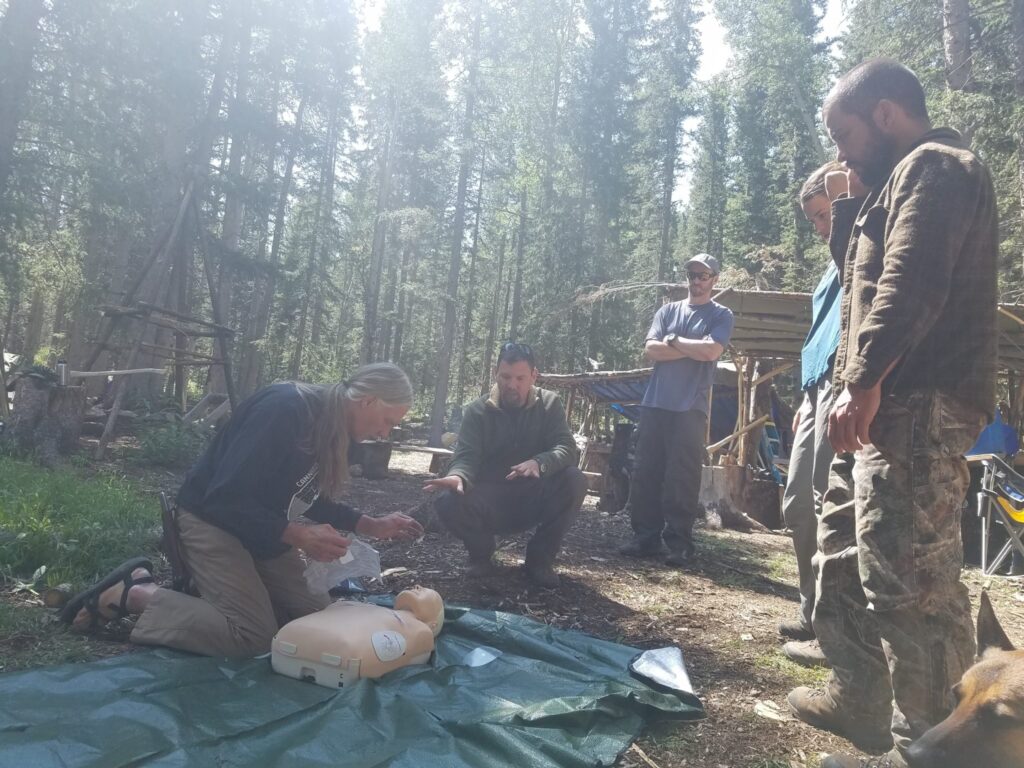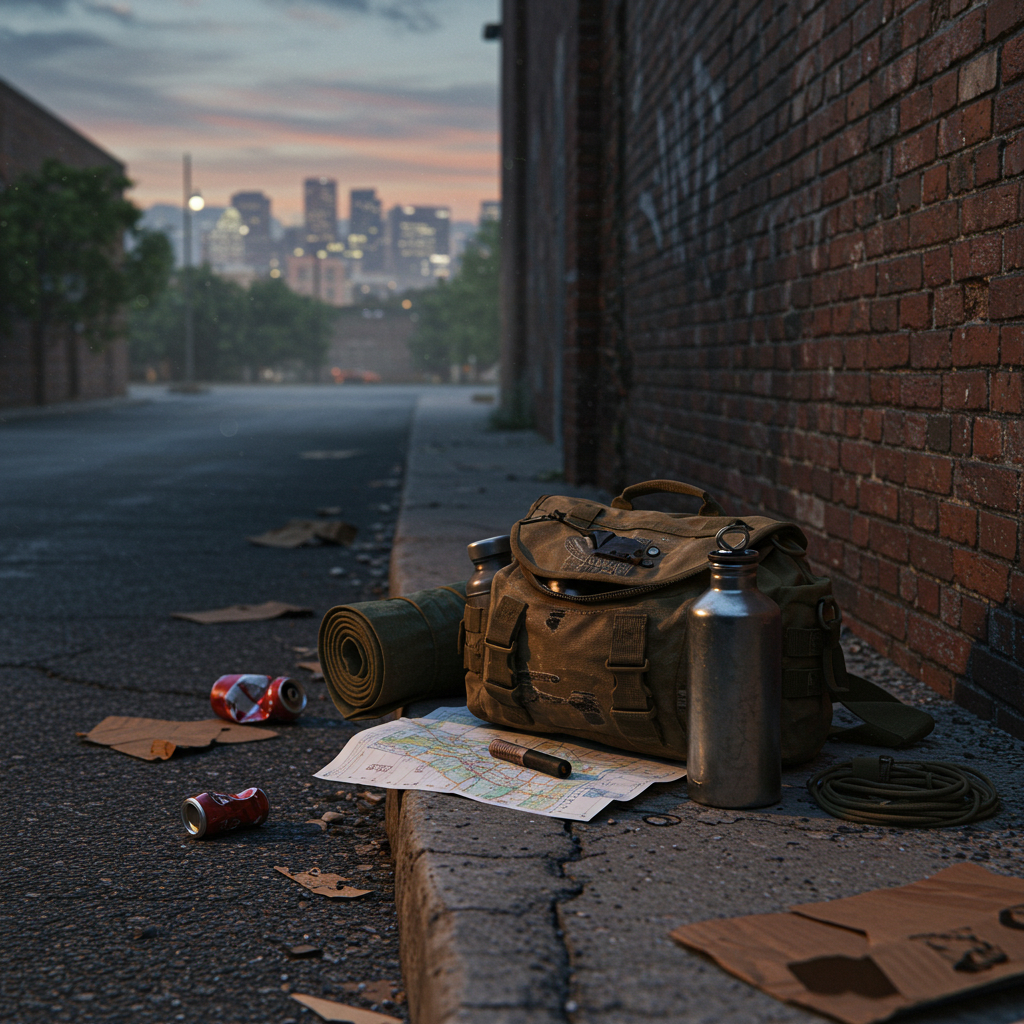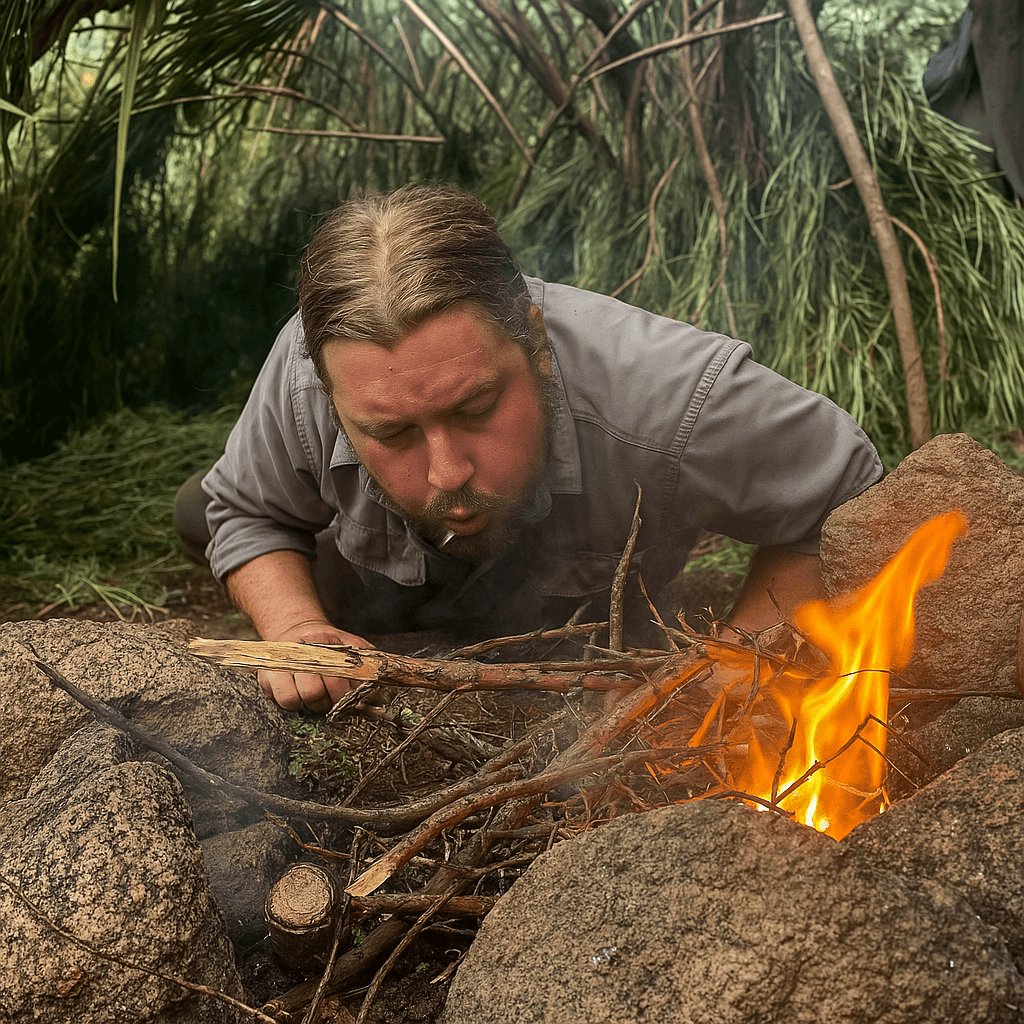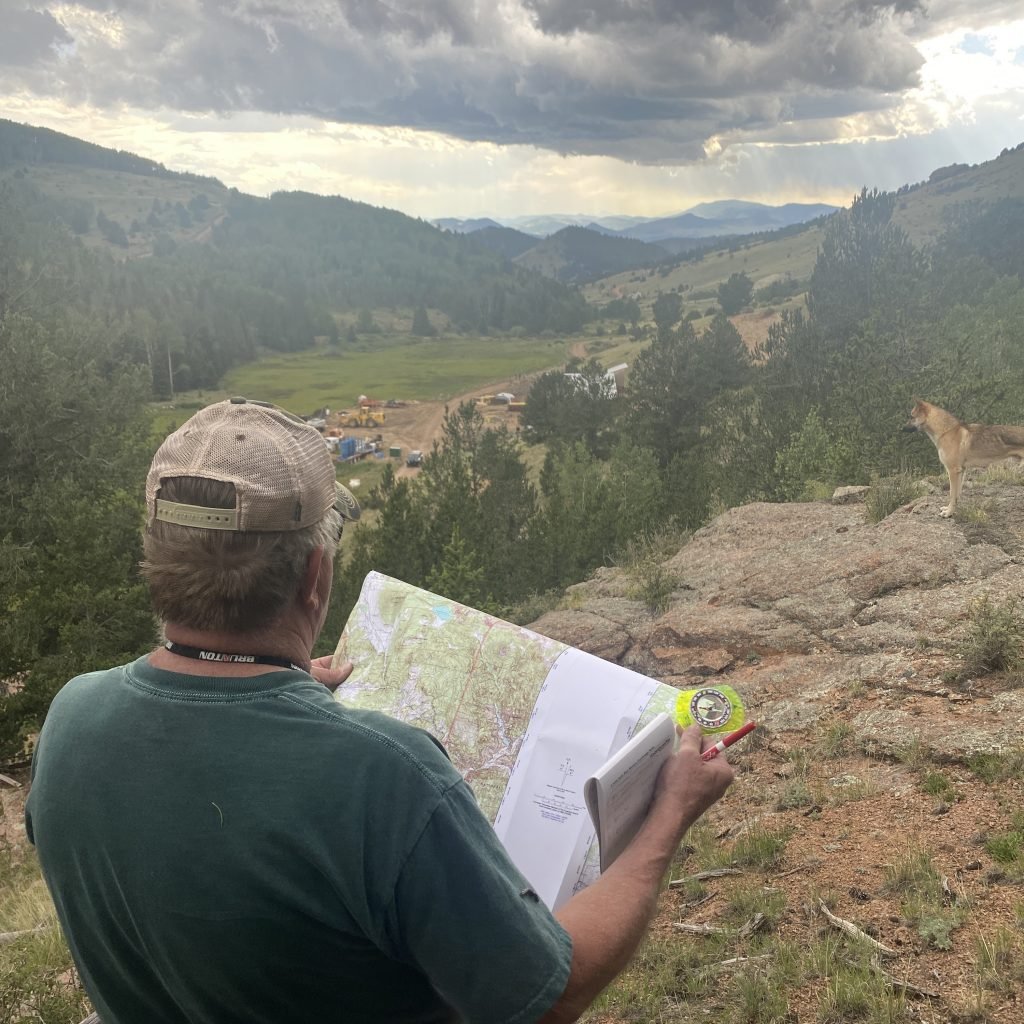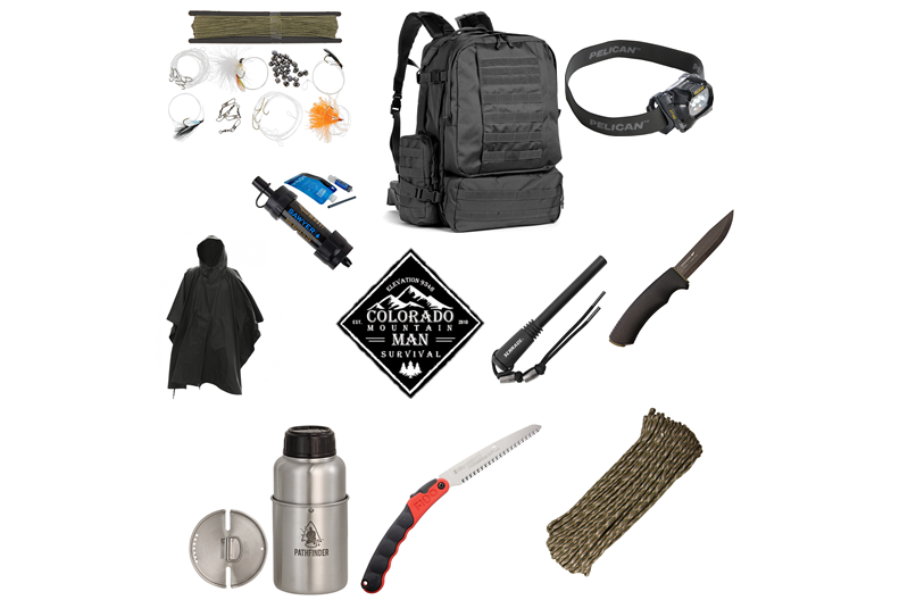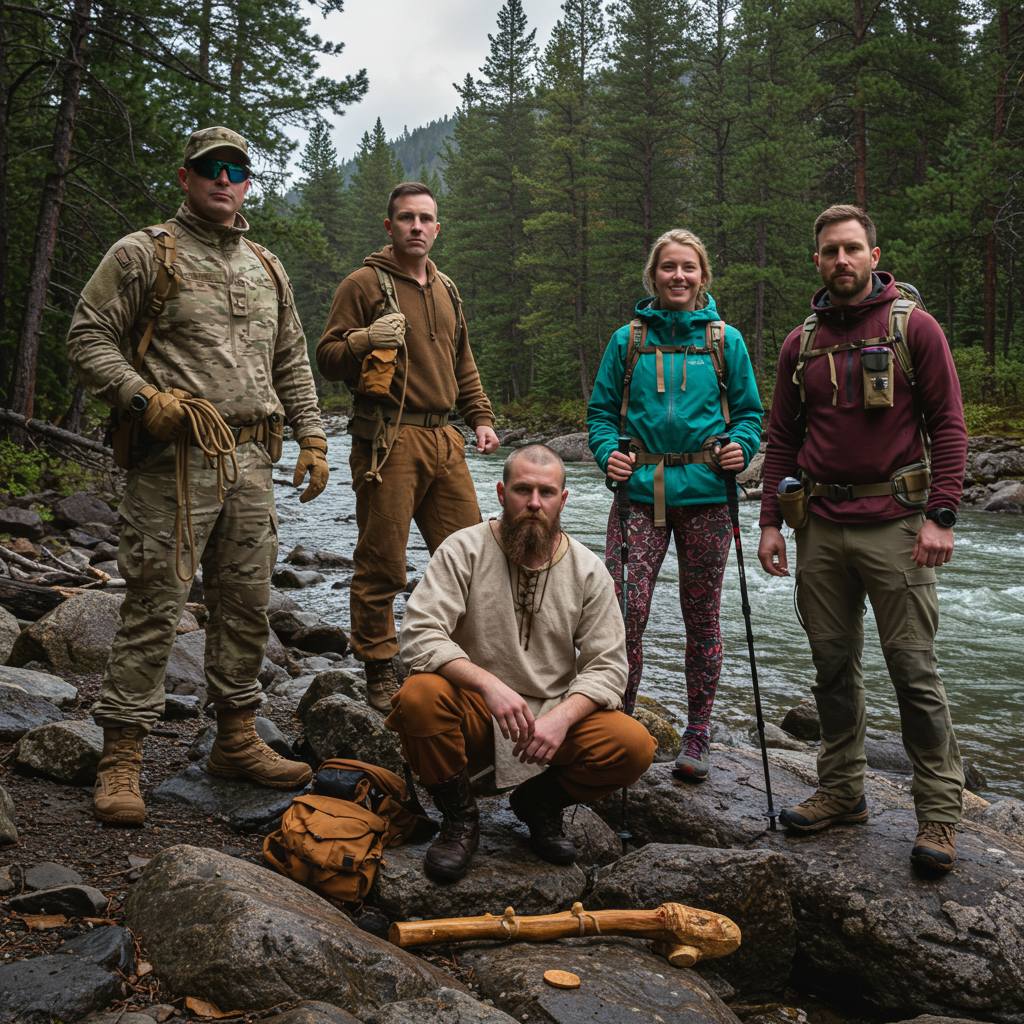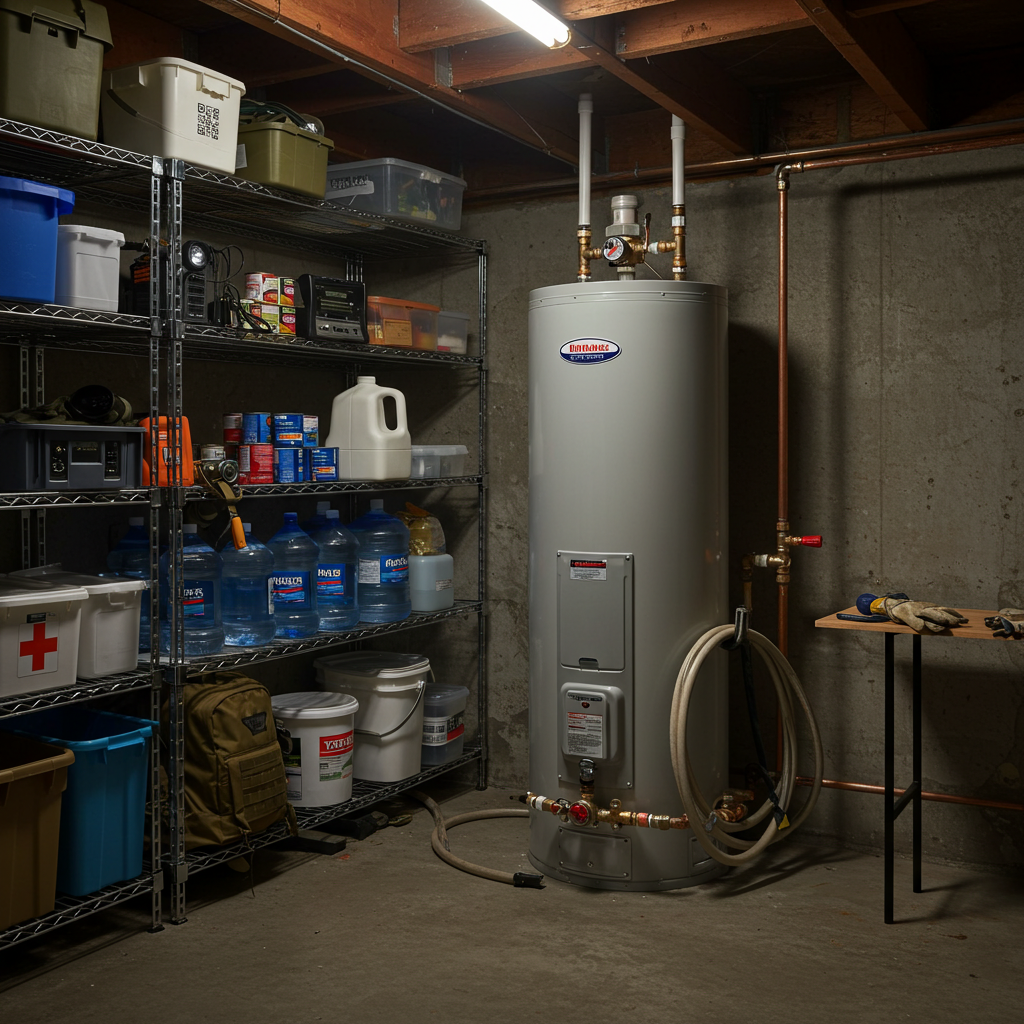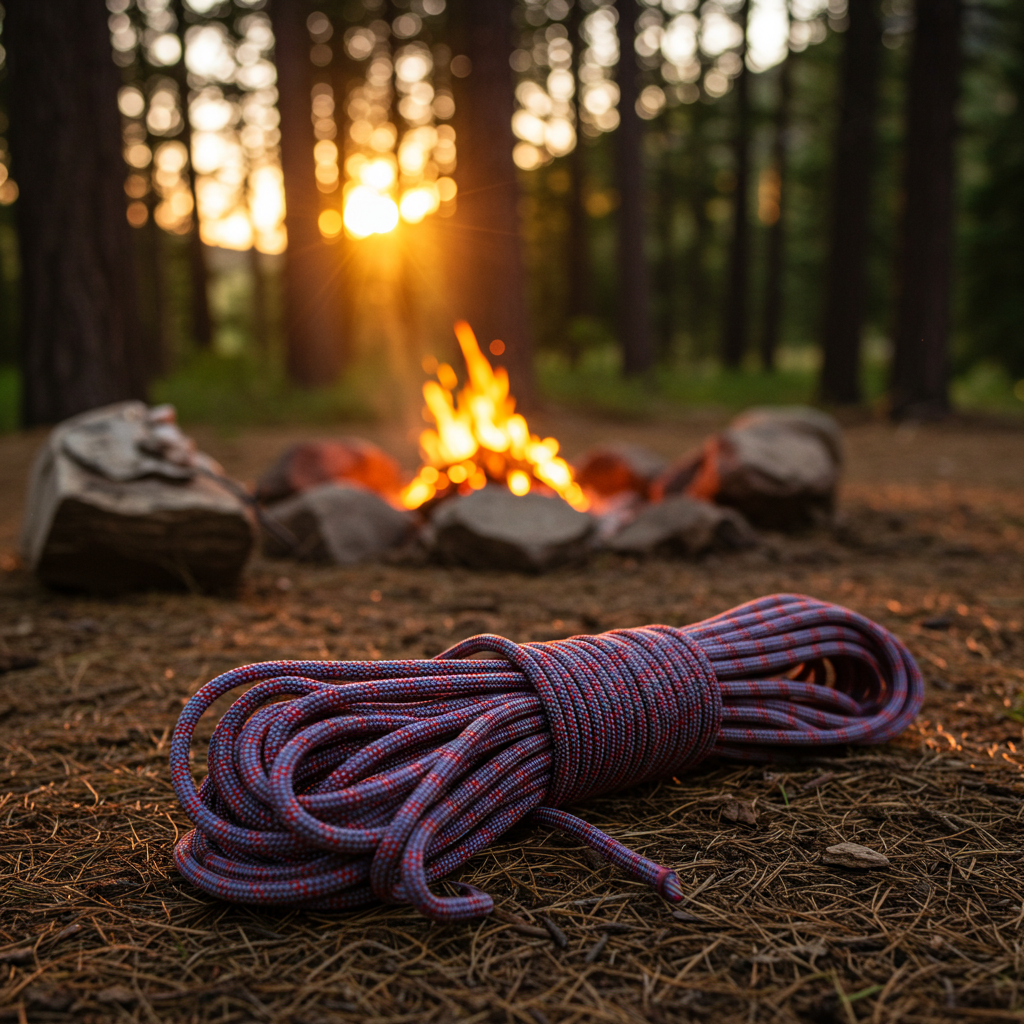Wilderness First Responder Guide: How to Perform the ABCDE Primary Survey
When you're the first responder in a remote environment, knowing how to quickly assess and respond to life-threatening injuries is vital. The ABCDE Primary Survey gives you a structured approach to rapidly evaluate a patient’s condition and prioritize treatment in the field. Whether you're deep in the mountains or miles from the nearest road, this assessment could save a life.
What Is the Goal of the Primary Survey?
The goal of the Primary Survey is to identify and treat conditions that pose an immediate threat to life. It’s the first step in managing trauma or medical emergencies in wilderness settings.
This systematic approach is especially important when dealing with:
An altered level of consciousness
Significant trauma or visible injuries
Unknown medical conditions in remote locations
ABCDE: A Systematic Approach to Wilderness Emergency Response
Approaching a victim using the ABCDE acronym allows you to address critical threats in order of importance. The steps are:
Even if a patient appears alert and stable, this survey should be used. For those who appear well, it can be brief. For those who don’t — every second counts. If you find a life-threatening issue during this assessment, stop and treat it before moving on.
Airway: First Priority in the Field
The first step is to check the airway. A clear airway ensures oxygen can reach the lungs and carbon dioxide can be expelled. Signs of obstruction might include:
Blood, vomit, or foreign objects in the mouth
Inability to speak
Gurgling, choking, or silence
If the patient is conscious, have them talk to you. If they can speak clearly, their airway is likely open. If not, clear visible obstructions and use the head-tilt, chin-lift technique to open the airway.
Breathing: Ensure Oxygen Is Reaching the Lungs
After confirming an open airway, observe the patient’s breathing:
Is the chest rising and falling evenly?
Are they breathing too fast, too slow, or gasping?
Are breath sounds clear or labored?
If the patient isn’t breathing or is struggling, assist with rescue breathing or other interventions. In some cases, supplemental oxygen (if available) may be appropriate.
Circulation: Check for Pulse and Bleeding
With the airway and breathing stabilized, move to circulation. Key checks include:
If there’s no pulse, begin CPR immediately. If there is visible bleeding, apply direct pressure and control it before proceeding. Keep an eye out for signs of internal bleeding or hypovolemic shock.
Disability: Rapid Neurological Check
Once the ABCs are addressed, assess the patient’s disability or neurological status. You're checking:
Responsiveness and level of consciousness
Movement of fingers and toes
Pupil size and reactivity
Confusion or disorientation
Use tools like AVPU (Alert, Verbal, Pain, Unresponsive) or Glasgow Coma Scale if you're trained. Even a brief neuro check can give you critical insight into head trauma or stroke.
Exposure/Environment: Protect From Further Harm
The final step is to consider environmental factors. Exposure to cold, heat, or wet conditions can quickly turn bad to worse.
Check for:
Hypothermia or hyperthermia
Wet clothing or environmental hazards
Visible injuries you might’ve missed
Dry the patient if they’re wet, provide warmth, shade, or shelter depending on the conditions, and be aware of your surroundings.
Why ABCDE Matters in Wilderness First Response
As a Wilderness First Responder, you’ll often be the first (and only) person capable of medical care on scene. In environments far from definitive care, the ABCDE Primary Survey is your anchor. It helps you prioritize, avoid tunnel vision, and prevent small issues from becoming fatal.
This structured approach ensures:
No aspect of care is overlooked
Life-threatening conditions are treated in order of severity
You stay calm and focused under pressure
 The Gallantry – A Combat-Ready Bushcraft Blade 1 × $320.00
The Gallantry – A Combat-Ready Bushcraft Blade 1 × $320.00 Mountainside Mettle Series – TSU Survival Knife Set 1 × $650.00
Mountainside Mettle Series – TSU Survival Knife Set 1 × $650.00 Sticker – The Survival University Vinyl Logo 1 × $3.00
Sticker – The Survival University Vinyl Logo 1 × $3.00 #1 Rule of Survival: Don’t Die! - Vinyl Sticker 2 × $3.00
#1 Rule of Survival: Don’t Die! - Vinyl Sticker 2 × $3.00 Wilderness Survival Guide – Autographed 1 × $25.00
Wilderness Survival Guide – Autographed 1 × $25.00 MOUNTAINSIDE METTLE SERIES – TSU KNIFE SET 1 × $650.00
MOUNTAINSIDE METTLE SERIES – TSU KNIFE SET 1 × $650.00 50 Day Payment Schedule 1 × $1,000.00
50 Day Payment Schedule 1 × $1,000.00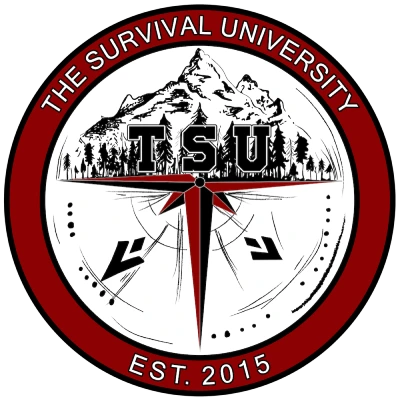
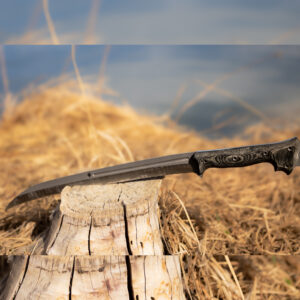 The Gallantry – A Combat-Ready Bushcraft Blade
The Gallantry – A Combat-Ready Bushcraft Blade  Mountainside Mettle Series – TSU Survival Knife Set
Mountainside Mettle Series – TSU Survival Knife Set 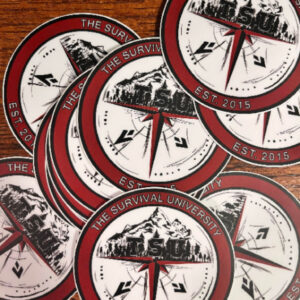 Sticker – The Survival University Vinyl Logo
Sticker – The Survival University Vinyl Logo 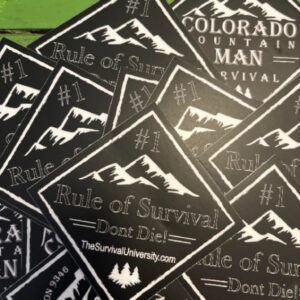 #1 Rule of Survival: Don’t Die! - Vinyl Sticker
#1 Rule of Survival: Don’t Die! - Vinyl Sticker 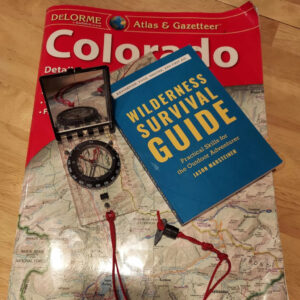 Wilderness Survival Guide – Autographed
Wilderness Survival Guide – Autographed  MOUNTAINSIDE METTLE SERIES – TSU KNIFE SET
MOUNTAINSIDE METTLE SERIES – TSU KNIFE SET 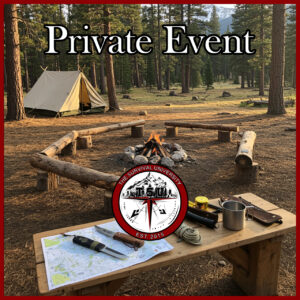 50 Day Payment Schedule
50 Day Payment Schedule 